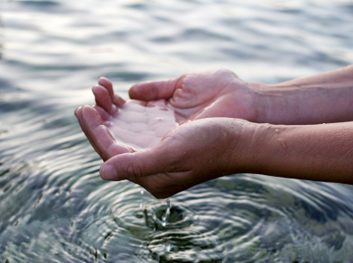
Where’s our water going?
As the old adage, “water water everywhere but ne’er a drop to drink” goes, fresh water on our planet may seem plentiful and abundant, but we are actually facing an imminent water shortage. Thanks to intensive irrigation for agriculture and industry, we move water around just as we do oil and gas, depleting underground aquifers and damming rivers. The former Soviet Union’s notorious Aral Sea-turned into a parched desert when its waters were drained for cotton production-could be a sign of things to come.
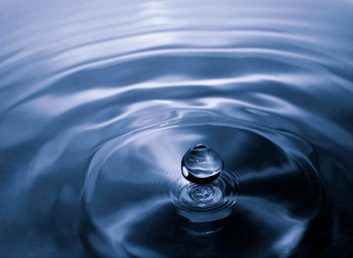
The future of water
“On water we are four years behind where we are on climate change-it has not yet seeped down into the consciousness of the majority of people or our political leaders,” says Maude Barlow, National Chairperson of the Council of Canadians and Senior Advisor on Water to the 63rd President of the United Nations General Assembly. By 2025, more than two thirds of the world’s population will have to deal with chronic water shortages, according to the UN World Water Assessment Program.
Here’s what you can do to reduce your water footprint.
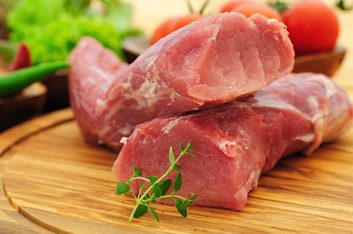
1. Eat less meat
Eating less meat is absolutely the easiest thing you can do if you’re on the carnivorous side of things, and your heart will thank you. Any kind of farmed animal meat will have a larger water footprint than any fruit or vegetable, due to all the water needed to grow their feed. A kilogram of potato flakes costs 900 litres of water to grow, but a kilo of pork slurped up 4,800 litres in its production. And some meats are even more water-wasteful than others: a kilo of beef requires a staggering 15,500 litres of water to create, compared to just 3,900 litres for a kilo of chicken.
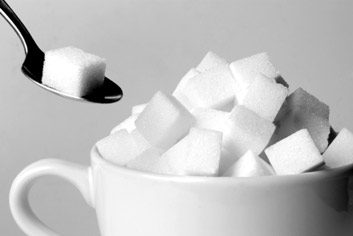
2. Cut back on sugar
Sugar cane is one of the most water-thirsty crops, coming in with 1,500 litres of water per kilo of white sugar, compared to, say, cereals such as wheat (1,300 litres) or corn (900 litres). An estimated 200 litres of water are needed for the sugar in one can of cola, for example.
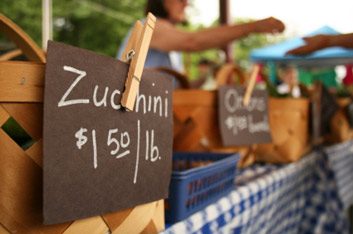
3. Eat local
Water is also required to produce other materials besides food-industrial facilities, whether they produce metals, plastics or fabrics, will need a lot of water. Anywhere from 70 to 170 litres of water are needed to produce a single tank of gasoline (so just imagine the water footprint of air-freighted food). Cutting back on the mileage from farm to your plate will save water, too. And you’ll benefit from fresher food, often much riper when picked and higher in vitamins by the time it reaches your plate.
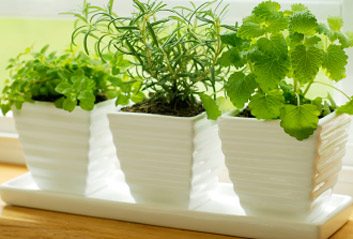
4. Eat less processed food
Water is needed for every stage of food production, and that certainly includes any kind of refining, processing, or canning. So pick fresh meats and produce and cook things yourself, rather than buying pre-fab sauces and processed junk food. Eat fresher food, cut back on added sugar, preservatives and chemicals; hone your skills in the kitchen, make a healthier home and host more dazzling dinner parties. What have you got to lose?
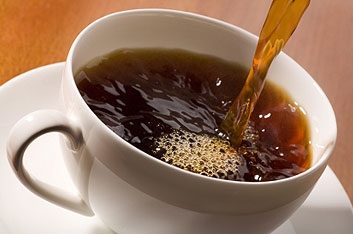
5. Drink less coffee
Go gentle on the java-140 litres of water are needed for just one cup of coffee. A cup of tea, on the other hand, rings up only 30 litres of water. Save the stains on your teeth, the strain on your tummy and the unpleasant jitters. Your bones, vulnerable to weakening from too much caffeine, will also thank you.
Related:
• Water footprint of common foods
• 5 eco-friendly kitchen gadgets
• Which water filter is right for you?
